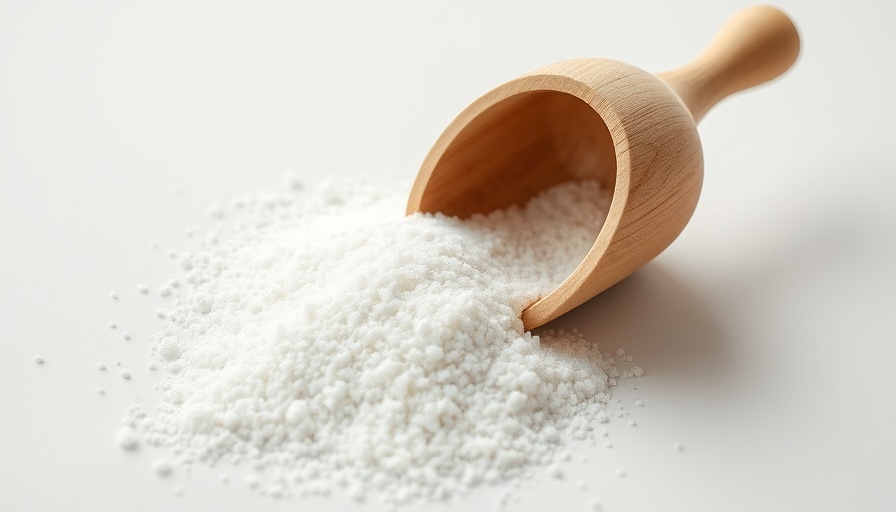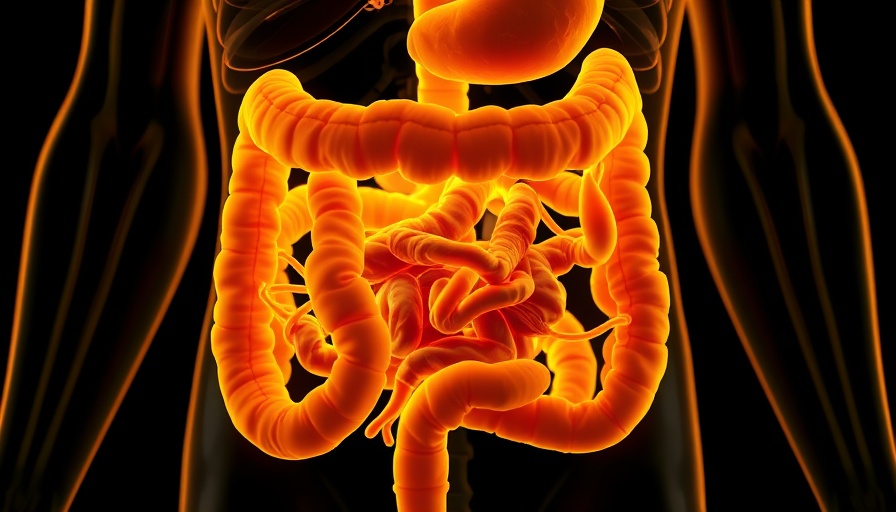
Unlocking the Healing Power of Fiber: A New Hope Against PFAS
The quest for clean living seems increasingly compromised by invisible hazards like PFAS (per- and polyfluoroalkyl substances). Often dubbed 'forever chemicals' due to their near-permanence in the environment and human body, PFAS are prevalent in everyday items, from food packaging to nonstick cookware. But recent research reveals a potential ally in our fight against these troubling substances: beta-glucan, a type of soluble fiber found in foods such as oats and barley.
Beta-Glucan: The Unsung Hero in Your Pantry
According to a recent study published in Environmental Health, daily consumption of beta-glucan can significantly reduce levels of harmful PFAS in the bloodstream. Participants who incorporated this soluble fiber into their diet experienced a remarkable decrease in legacy PFAS compounds, including PFOA and PFOS. These specific chemicals are linked to severe health issues such as cancer and thyroid disease, highlighting the importance of addressing our hidden chemical loads.
Scientific Insights: How Beta-Glucan Works
The mechanism behind the effects of beta-glucan lies in its gel-forming properties. When ingested, beta-glucan forms a gel-like substance in the gut that can trap PFAS, interrupting their reabsorption cycle. This means the body can more effectively eliminate these harmful chemicals through stool. The study involved 72 male participants with high LDL cholesterol levels, indicating that even those dealing with other health issues can benefit from beta-glucan’s protective effects.
Beyond the Lab: Real-Life Implications
Given that many adults unknowingly carry a significant chemical burden, the practical implications of this research are profound. Individuals suffering from chronic fatigue, digestive issues, or hormonal imbalances may find that their symptoms correlate with exposure to PFAS. With an easy dietary intervention involving fiber-rich foods, these individuals may discover a simple yet effective method for reducing their chemical load and enhancing overall health.
Future Trends: Can Our Diet Save Us?
This breakthrough not only underscores the necessity of a well-balanced diet rich in fiber but also raises interesting questions about future dietary guidelines. As researchers continue to uncover links between everyday foodstuffs and health outcomes, the role of nutrient-dense sources like oats, barley, and other whole foods is likely to gain increased attention. Advocating for natural dietary options could become a crucial component in public health initiatives aimed at shrinking our exposure to harmful toxins.
Do It for Your Health: Actionable Insights
Thinking about incorporating beta-glucan into your diet? Start by adding oatmeal or barley to your meals. Simple recipes like oatmeal cookies, overnight oats, or savory barley salads can transform your health journey while naturally helping to detoxify your body. Not only do these dietary adjustments promote fiber intake, but they also pave the way for dramatic improvements in overall well-being.
Embrace Dietary Changes: Your Health Deserves It
As awareness around PFAS and other chemical exposures grows, it’s essential to empower yourself with knowledge and actionable insights. Choosing to include more fiber-rich foods in your diet is a proactive step toward a healthier life. Reducing your exposure to harmful substances doesn’t require radical changes; sometimes, it’s as simple as making better food choices.
Mainstream awareness about PFAS is rising, and for good reason. While preventive measures in consumption may seem just a part of an overall wellness regime, the reality is that informed decisions in your diet can lead to significant health improvements. Why not start today? Consider reaching for that bowl of oats or adding barley to your next recipe — your body will thank you.
 Add Row
Add Row  Add
Add 




Write A Comment